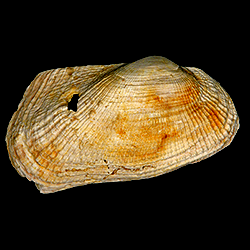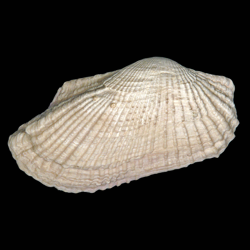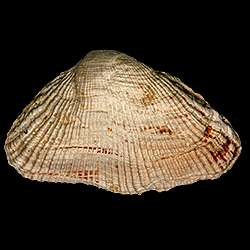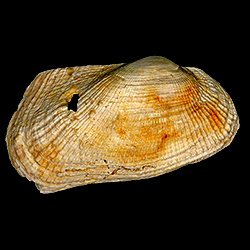
Barbatia

Overview
Barbatia Gray, 1842.
Geological range: Jurassic to Recent; questionably Triassic (source: Cox et al., 1969, Treatise N252). The Paleobiology Database reports the genus extending into the Middle Jurassic.
Geographic distribution: A distributional map for modern Barbatia may be accessed from OBIS. A distributional map for ancient Barbatia may be accessed from the Paleobiology Database (Primary data contributors: Hendy, A. J. W., W. Kiessling, and A. I. Miller.).
Diversity: The WoRMS database recognizes 47 species of extant Barbatia (unvetted). The Paleobiology Database recognizes 176 species from the fossil record (unvetted) (Primary data contributors: Hendy, A. J. W., W. Kiessling, and A. I. Miller.); WoRMS recognizes 1 additional species (177 total).
Paleoecology: All species of Barbatia are epifaunal, sedentary (can reposition), bysally attached suspension feeders. Source: Todd (2015).
Phylogenetic status: Polyphyletic. A recent molecular phylogenetic analysis by Combosch and Giribet (2016) does not support the monophyly of Barbatia.



